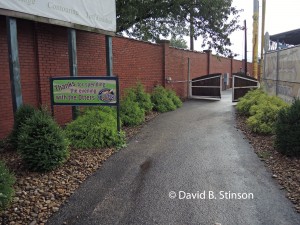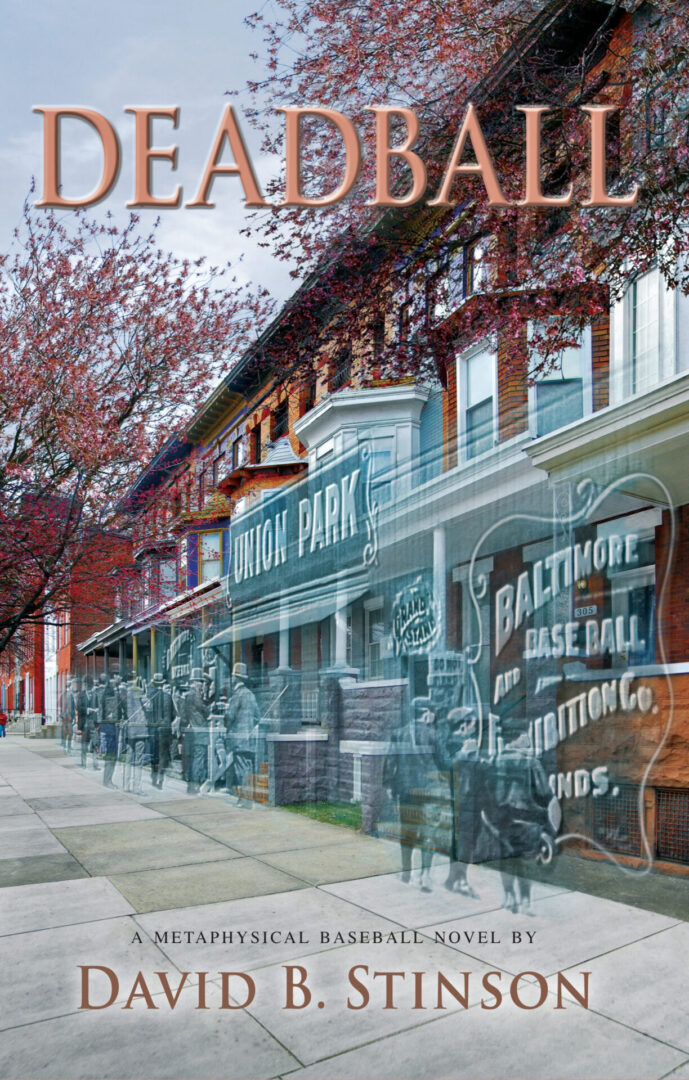Bosse Field is located at 23 Don Mattingly Way in Evansville, Indiana (Don Mattingly was born in Evansville, Indiana, and attended Reitz Memorial High School). The ballpark is owned and maintained by the Evansville Vanderburgh School Corporation, a public school corporation serving Evansville, Indiana, and Vanderburgh County.
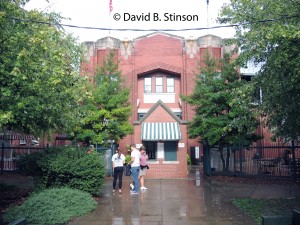
The ballpark was constructed in 1915 with the backing of Evansville’s then-Mayor Benjamin Bosse.
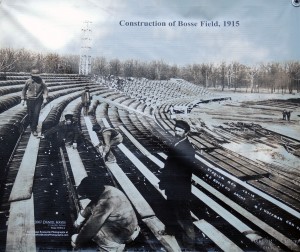
The City of Evansville rewarded the mayor’s efforts by naming the field after him.

That same season, Bosse Field began hosting professional baseball. In 1915 the ballpark was the home of the Central League Evansville River Rats.
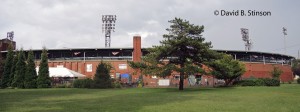
Bosse Field was renovated in 1930 and again in 1958. Both renovations are marked with historical plaques located just inside the front gates.
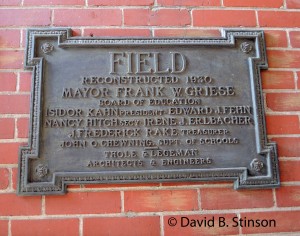
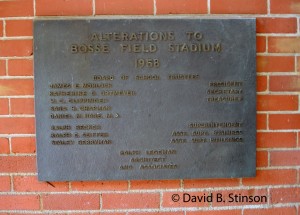
On June 17, 2015, Bosse Field will celebrate its 100th anniversary.
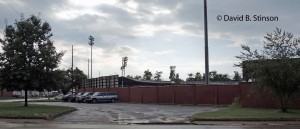
In the 100 years since Bosse Field first opened, professional baseball has been played at the ballpark for 70 of the 100 seasons.
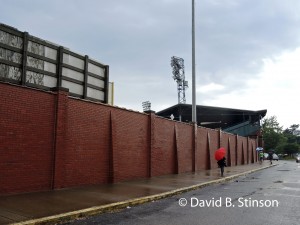
Bosse Field is the third oldest professional baseball stadium in continuous use in the United States. The two older professional ballparks in continuous use are Boston’s Fenway Park (opened 1912) and Chicago’s Wrigley Field (opened 1914 as Weeghman Park, home field of the Federal League Chicago Federals).
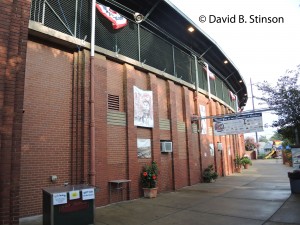
Rickwood Field in Birmingham, Alabama, which opened in 1910, is recognized by the Historic American Building Survey as the country’s oldest surviving ballpark. However, professional baseball departed Rickwood after the 1987 season, with the exception of one day a year when the Birmingham Barons (beginning in 1996) return to Rickwood Field to play an official Southern League contest in what is known as the Rickwood Classic.
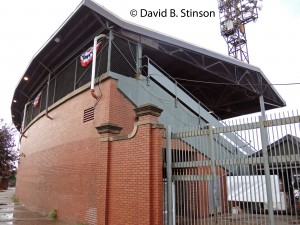
The Evansville River Rats departed Bosse Field after the 1915 season and were replaced in 1916 by the Central League Evansville Evas, who played at Bosse Field through 1917. From 1919 to 1942, seven different Three-I League teams played at Bosse Field: the Evansville Black Sox in 1919, the Evansville Evas from 1920 to 1923, the Evansville Little Evas in 1924, the Evansville Pocketeers in 1925, the Evansville Hubs from 1926 to 1931, the Evansville Bees from 1938 to 1942, and the Evansville Braves from 1946 to 1957. In 1921 and 1922, Bosse Field was also home to the National Football League Evansville Crimson Giants.
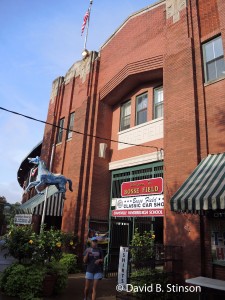
With the arrival of the Evansville Bees in 1938, Boston’s National League franchise (then known as the Boston Bees) began an affiliation with Bosse Field that ran for the next two decades. After a three year absence during World War II, the Evansville Braves arrived at Bosse Field in 1946. When the Boston franchise moved to Milwaukee in 1953, the Braves continued to play in Evansville through the 1957 season.
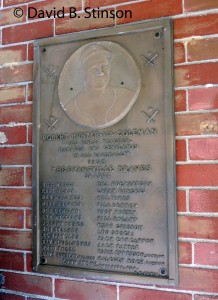
Because of World War II travel restrictions, from 1943 to 1945, the Detroit Tigers relocated their spring training home from Henley Field in Lakeland, Florida, to Bosse Field.
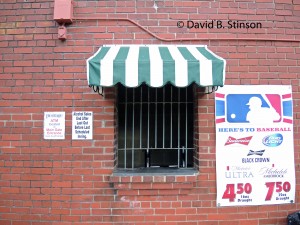
When the Evansville Braves departed after the 1957 season, Bosse Field was without a professional team until 1966 with the arrival of the Southern League Evansville White Sox, who played at Bosse Field through the 1968 season. The American Association Evansville Triplets called Bosse Field home from 1970 to 1984. The Triplets were affiliates of the Minnesota Twins in 1970, the Milwaukee Brewers from 1971 to 1973, and the Detroit Tigers from 1974 to 1984. At least three future Hall of Famers played minor league baseball for Evansville at Bosse Field, including Chuck Klein (Evansville Hubs in 1927), Hank Greenburg (Evansville Hubs in 1931), and Warren Spahn (Evansville Braves in 1941) .
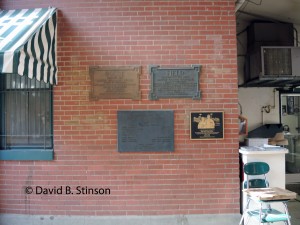
Since 1995, the Evansville Otters of the Frontier League (Independent League, not affiliated with Major League Baseball) have played their home games at Bosse Field.

In addtiion to being one of the oldest ballparks in the country, it is also one of the most photogenic.

The renovations the ballpark over the years have not destroyed in any way the 100 year old charm of Bosse Field.

It is a wonderful park to visit, both as a piece of American history, and as a place to watch a ballgame. The ballpark has been wonderfully maintained by the Evansville Vanderburgh School Corporation, as well as the Evansville Otters.
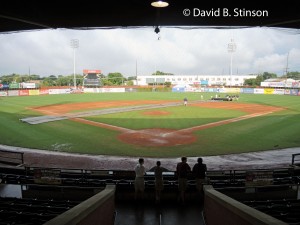
The shape of the park is reminiscent of New York’s Polo Grounds and Cleveland’s Municipal Stadium.

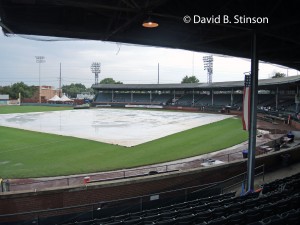
The seats located underneath the circular grandstand are made of wood. There is no plastic seating to be found anywhere within the grandstand.
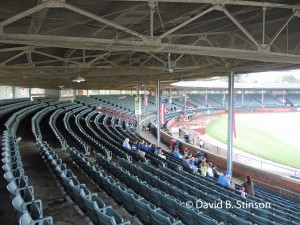
The ballpark’s foul territory is expansive, a product of the age of its design. Prior to 1938, the foul area behind home plate was even larger. That year home plate was moved closer to the grandstand.
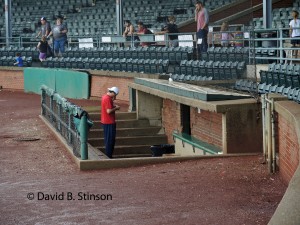
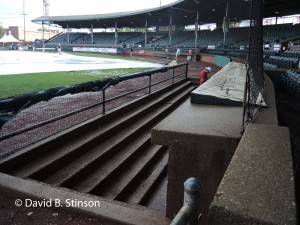
The bullpens are located in expansive foul territory near the left field and right field corners.

The outfield dimensions are currently 315 feet down the left and right field corners and 415 feet to dead away center field, as set by an outfield fence that was installed in the early 1950s.

The outfield was once considerably larger, based upon the distance to original outfield wall, which is located some 30 to 40 beyond the current outfield fence.
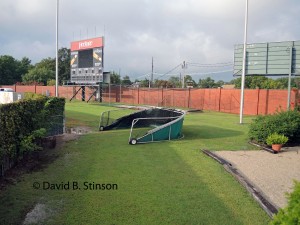
In 1991, Hollywood came to Bosse Field. The ballpark was used as the home field for the fictional Racine Belles in the movie A League of Their Own, which was released in 1992.
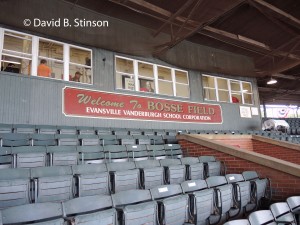
Remnants of that movie are scattered throughout Bosse Field in the form of painted advertising signs.
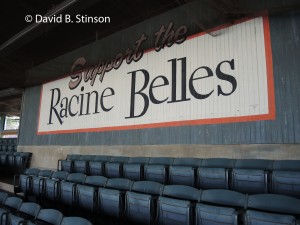
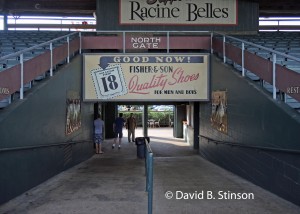
Additional remnants of the movie of include painted sectional and direction signage.
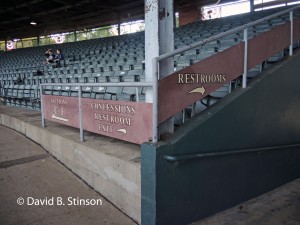
Bosse Field is a national treasurer. Although the ballpark is considerably less famous than its ballpark peers Fenway Park and Wrigley Field, it should be considered on equal footing for anyone interested in the history of ballparks in the United States.
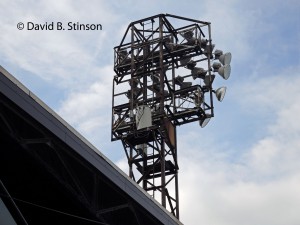
For anyone who collects ballparks, Bosse Field is a must. Here’s hoping it will be around in 2115 to celebrate its 200th anniversary.
